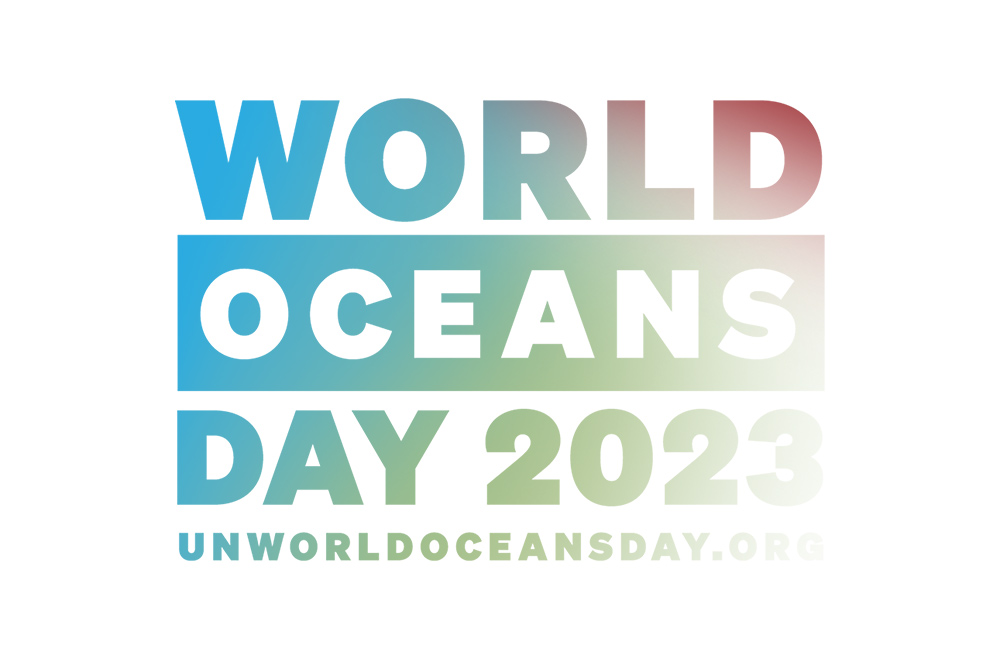
Happy Blue Planet: Something to Celebrate on World Oceans Day
Fecha: 05/06/2023
To anyone paying attention to environmental matters, it’s probably clear that the outlook isn’t great. Our planet is hurting and we are still struggling to change our ways enough to help it survive. But there are many achievements, commitments and projects to celebrate, both on the global and local scales. This World Oceans Day we are highlighting the good news and inspiring projects related to protecting the waters that give Earth the name ‘blue planet’.
The high seas were granted protected status
After 20 years of negotiations, UN member states finally agreed on a pledge to safeguard the world’s oceans. Nearly 200 countries signed up to the legally-binding High Seas Treaty, which aims to grant protected status to 30% of the world’s oceans lying outside of national boundaries.
The historic treaty will provide a legal framework for establishing vast marine protected areas. This is crucial for enforcing the pledge made by countries at the UN biodiversity conference in December to protect a third of the sea (and land) by 2030.
A Bubble Barrier for Plastics
A ‘bubble curtain’ system devised by a Dutch startup has been dramatically reducing the amount of plastic waste that goes into the ocean from Amsterdam’s canals since it was installed in 2019.
Named The Great Bubble Barrier, it catches and prevents plastic from ending up in the ocean, all without harming wildlife or interfering with regular river activities. The bubble curtain is created by a perforated tube on the bottom of the waterway where air is pumped through. This generates a screen of bubbles that blocks plastics and directs them to the surface and into a catchment system.
After the success of the two barriers installed in the Netherlands, two more bubble barriers are being planned for Portugal and Germany.
Canada leads the way in conservation
A 10 million-hectare corridor of ocean stretching from the top of Vancouver Island to the Canada-Alaska border, in British Columbia, will now have protected status. The agreement is a significant symbol of collaboration between the federal government and leaders from Canada’s indigenous populations. It will also help native species, like wild pacific salmon, recover from the recent collapse in their population.
The plan to protect this area is also needed so Canada can achieve its commitment of protecting 30% of its lands and oceans by 2030.
Stalling deep sea mining
Deep-sea mining exploration and research has been ongoing since the 1960s, but it rarely if ever attracted the attention of the general public. Until now, when industrial scale projects for deep-sea mining are being drawn up.
Even though the International Seabed Authority has yet to make a decision relating to these projects, thousands of activists, scientists, companies and even governments have protested against them.
The ‘scandal’ has helped us appreciate the beauty and richness of that essential part of our planet and brought to light how little we know about our oceans: 5,000 new sea creatures were recently discovered by researchers in a potential deep-sea mining hot spot in the Pacific.
